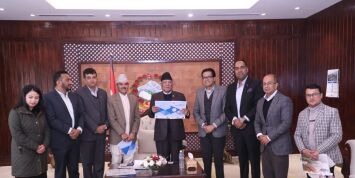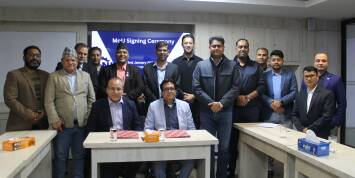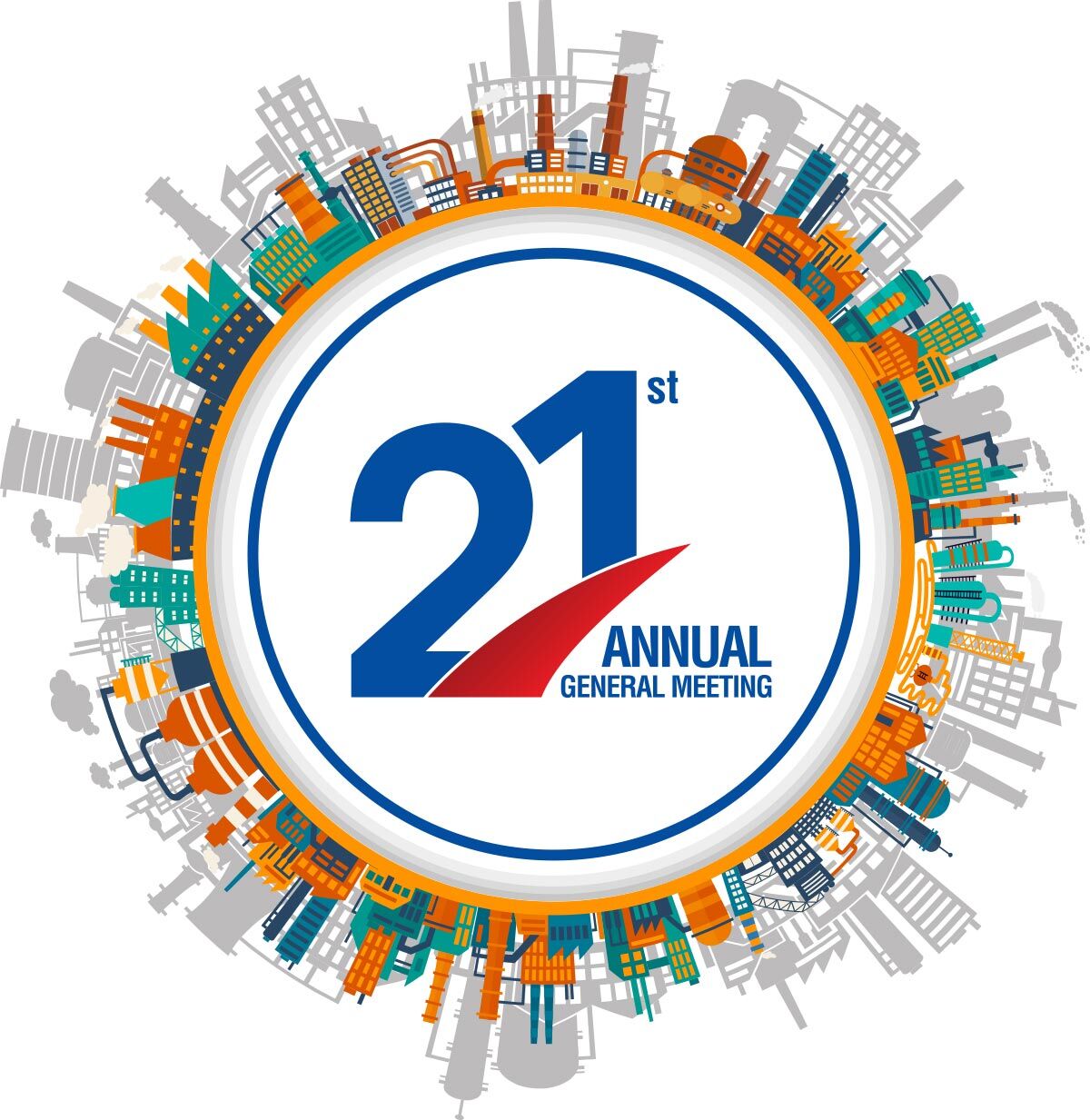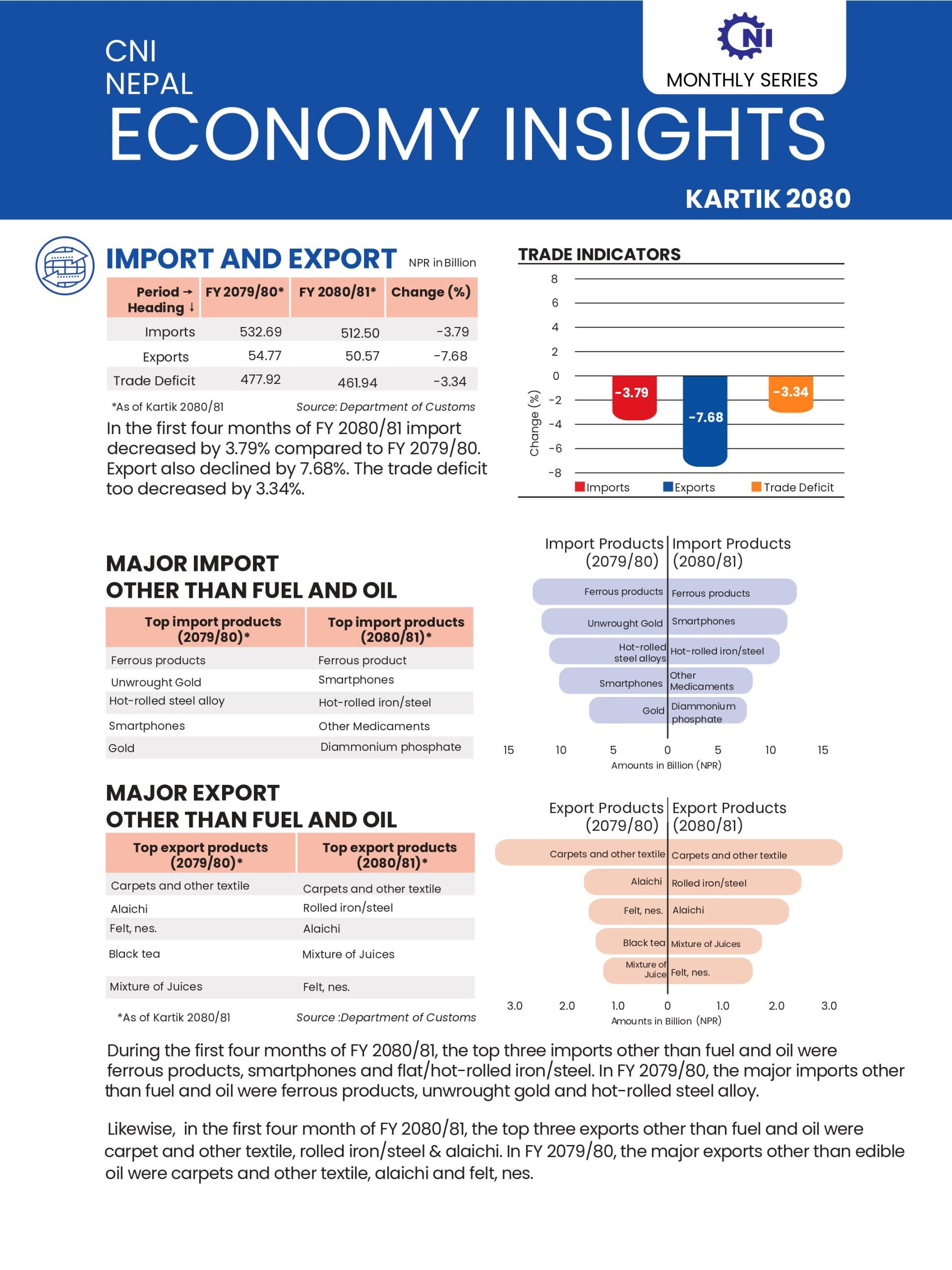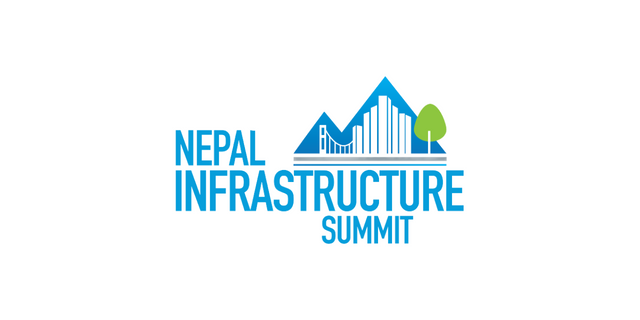
Major Outcomes
The Summit discussed on issues that shape incentives for investment and enable the private sector to become an indispensable ally in infrastructure-led economic growth. The Summit focused on the strategic vision of the country, policy and regulatory enablers, value proposition, competitiveness, among others.
There were eight different sessions including two parallel ones. More than 450 individuals from 15 different countries participated in the Summit. There were around 70 speakers in the panel who shared their invaluable experiences and provided insights into the infrastructure needs of the nation.
Strategic Vision
GoN must establish a clear vision for the infrastructure needs of the country beyond 2022 and ensure that plans, strategies and policies prepared by line ministries and departments are aligned with due inclusion of the role of private sector.
- Nepal has performed well in social development and now it is the high time to focus more on the infrastructure led economic development.
- Nepal has a tremendous potential for growth and private sector has humongous opportunity for investment in various sectors. Given the Nepal’s infrastructure gap, the investors not only benefit from current growth but can capture the future growth.
- Nepal needs to leverage the benefit of having economically powerful neighbors like India and China.
- Nepal as a country must keep its eyes focused on the Megatrends and align its policies and programs accordingly.
- Connectivity especially railway, road and Airports are fundamental for Development.
- Nepal should focus on rail network as it is cheaper and greener. Kathmandu – Delhi and Kathmandu – Kolkatta could be the possibility.
- Nepal should take advantage of China’s One Belt One Road (OBOR) policy to integrate Nepal with the regional economies.
- Initiate Joint regional projects in the Himalayan region with due attention to curb the effects of climate change, support biodiversity and generate employment.
- Multilateral development banks such as ADB should support Nepal in acquiring climate finance to build green and resilient infrastructure.
- Establish of Project Bank to show the private sector, that there is a line of sight to the large number of investment ready pipeline projects that enables the investors to take the projects seriously.
Policy and Regulatory Enablers
Government of Nepal must fine tune the regulatory framework to create a more efficient and attractive investment climate. Provide clarity and certainty to investors on key processes in the investment and development of infrastructure projects.
- Nepal should endeavor to attract large FDI, improve competitiveness, pursue second generation reforms and build world class PPP environment.
- Nepal’s medium-term ambition to become a middle-income nation by 2030 needs huge commitments for investment in infrastructure
- Nepal need to devise policies to utilize the large amount of remittance that is entering the country into the productive sector like infrastructure development.
- Adequate investigation and feasibilities should be undertaken to ensure timely completion of the projects.
- Infrastructure Development Bank has to come into existence.
- Insolvency laws need to be revised for banks to offer non-recourse finance
- Government of Nepal should involve private sector while formulating new laws, bills and seek their advice.
- Funds allocated to Green infrastructure has been growing globally. The lack of credit rating has been pushing back Nepal in terms of prospective investors. Nepal needs to have a sovereign risk rating immediately.
- Rupee denominated bonds need to be raised from abroad.
- Global carbon pricing should be made effective in Nepal.
Value Proposition
Private sector must clearly communicate its capabilities and capacities in investing and developing large infrastructure projects.
- The investors and government needs to broaden their horizon and it’s high time we concentrate on megatrends in terms of urbanization, smart and green cities and mobility.
- Public and Private sector can and should include the element of SMART ness in creating infrastructure.
- Cost effectiveness and the reliability are the key elements that the private sector should ensure.
- Infrastructure financing needs long term financing mechanisms for which new funding mechanism to be devised.
- Demonstration PPP projects in various sectors should be undertaken to set an example and signal the market.
- Need strong institutional capacity from developers and consulting industry. Investment in creating human capital is crucial.
- Nepal should leapfrog by acquiring idea and technology from the countries that have successfully developed their infrastructure.
- Capacity of domestic construction industry has improved over the past 10-15 years. They can be good partners for international investors and developers.
- As the investment in infrastructure requires large fund and longer commitment period, private sector should also seek for FDIs rather than solely depending on the domestic banking institutions.
- Stakeholders must ensure that the built infrastructure comply with Quality standards.
- Government and development partner have realized that Private sector must be included in the mainstream of infrastructure development.
- Summit also has strong view that a bipartite but doable mechanism must be formed to follow up and implement the suggestion of the summit.
- CNI should create an effective and professional Infrastructure Cell and effectively follow-up and build on the achievements of this Summit.
Competitive Environment
Private and public sector must promote competition and establish competitive practices.
- Share bureaucratic and financial expertise and experiences from high growth nations to reduce the capacity gap.
- Private and public sectors are like two side of coin and who share the risks and bring their competitive advantage at the table for greater public benefit.
Eight projects were presented in the Business Forum by the Investment Board Nepal and there has been a lot of interest from the potential investors.
- Chemical Fertilizer Plant-Project
- East West Electrified Railway
- East-West Railway Link to India
- Kathmandu Valley Metro
- Kathmandu-Kulekhani-Hetauda Tunnel Highway
- Kathmandu-Pokhara Railway
- Second International Airport (SIA)
- Tamakoshi 3 Hydropower
Another attraction of the summit has been the Infrastructure bazar where 10 innovative ideas were shortlisted and three of them were awarded. The key objective of the endeavor is the incorporate the views of common people in this discourse of Nation Building.
During the meeting with Minister Suresh following topics were noted:
- India has pledged $340M worth of investment in the road sector
- Proposed to establish a Round table on Infrastructure Development in Nepal
- Establish a Trans National Forum on the effects of Climate Change
- Collaboration of Indian Foundation and CNI Think Tank


